In an era marked by rapid technological advancements and shifting cultural landscapes, museums worldwide are adopting innovative approaches to enhance visitor engagement and foster international cooperation. Recent developments underscore a collective effort to redefine the museum experience and address contemporary challenges.
The Victoria and Albert Museum's East Storehouse in London exemplifies this transformation. Opened in May 2025, the Storehouse offers unprecedented public access to over 250,000 objects, 350,000 books, and 1,000 archives from the V&A's extensive collection. Visitors can interact directly with many items and even participate in "Order an Object" sessions, allowing for a more intimate connection with artifacts spanning 5,000 years of human creativity. Situated in the city's reimagined Olympic Park, the Storehouse is part of a broader cultural initiative aimed at engaging local communities and promoting transparency in museum practices.
In the United States, a significant surge in art museum construction and renovations reflects a renewed commitment to cultural enrichment. Approximately 90 new cultural projects were announced across North America last year, including major expansions at institutions like the Joslyn Art Museum in Omaha and the Los Angeles County Museum of Art . These developments are driven by the need for system upgrades and a desire to remain relevant in a post-pandemic world. Enhancements often feature modern galleries, new visitor amenities, and extensive mechanical updates, aiming to attract diverse and younger audiences. Funding primarily stems from private philanthropy, echoing the Gilded Age museum foundations. However, experts caution that this building boom may be nearing its peak due to economic uncertainties.
Amidst these advancements, the importance of collaboration over competition is becoming increasingly evident. The British Museum's unexpected announcement to host the Bayeux Tapestry, originally expected to be displayed at the Victoria and Albert Museum , exemplifies the competitive nature that can arise among institutions. Financial disparities, with U.S. museums and those in the Middle East enjoying significantly larger endowments than their UK counterparts, exacerbate tensions. Nevertheless, collaborations persist: the V&A and Getty Museum jointly acquired a Reynolds portrait, and Dutch and French institutions share Rembrandt works. Tristram Hunt of the V&A highlights the sector's collegial nature, underscoring that mutual support should prevail amid broader threats like reduced funding and political pressures.
In the realm of museum journalism, challenges persist. A journalism support event in Buffalo, New York, was postponed due to death threats against Pulitzer Prize-winning cartoonist Adam Zyglis. The threats followed public outrage over an editorial cartoon he published, which depicted a man in a MAGA hat being swept away by floodwaters in Texas. The event, titled "Drawing Support for Local Journalism," was scheduled at the Buffalo History Museum to highlight the importance of local reporting and showcase Zyglis' work. The Buffalo Newspaper Guild condemned the threats and emphasized the significance of a free press. Zyglis responded on Instagram, stating that threats against him and his family are never an acceptable form of criticism. The guild announced plans to reschedule the event at a later date.
These developments highlight a global trend of museums embracing innovation and collaboration to enhance visitor engagement and address contemporary challenges. By adopting new technologies, fostering international partnerships, and promoting inclusivity, museums are redefining their roles in society and ensuring their relevance in an ever-changing world.
